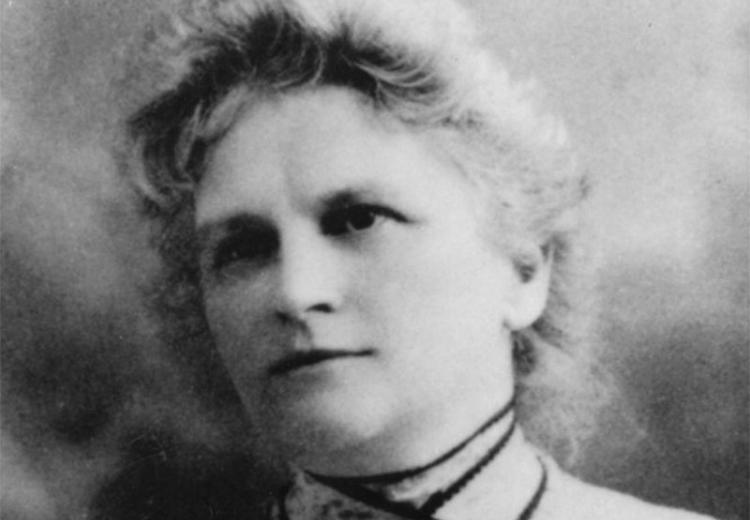Lesson 2: Kate Chopin's The Awakening: Realism and Local Color in late 19th Century America

Photoportrait of writer Kate Chopin.
"Here was life, not fiction," Chopin wrote of Guy de Maupassant in her diary. "Here was a man who escaped from tradition and authority, who had entered into himself and looked out upon life through his own being and with his own eyes; and who, in a direct and simple way, told us what he saw." (from Kate Chopin: A Re-Awakening transcript) Guy de Maupassant was a French realist author of approximately 300 short stories, 6 novels, and various other writings who lived in the mid- to late- 19th century (b. 1850, d. 1893).
Introduce to your students concepts of realism, a literary movement in the 19th century that focused on reporting aspects of "common" life (common, of course, is a relative term). Chopin is often regarded as a practitioner of regionalism or local color (the two terms are often used interchangeably).
While the specific attributes of realism as a literary style are often debated, a dedication to verisimilitude is the basic precept. Regionalist or local color writing focuses on a particular setting and segment of society—often mimicking in print their manner of speech (their vernacular), their class system, and other social rules particular to the region, such as specific roles or assumptions for women or children (see the first passage in "Selected Passages" below for an example of the latter). See "Preparing to Teach" below for more definitions, and review the websites below for lists of specific attributes commonly found in realist, local color, and regionalist fiction.
Guiding Questions
In what ways does Chopin's "The Awakening" reflect attributes of literary realism, local color, and/or regionalism?
How does the Louisiana setting and Creole culture of "The Awakening" work as an important component of Edna's transformation?
Learning Objectives
Define literary realism and discuss it as a style in American literature.
Reflect on how culture and setting plays an important role in a novel, especially in local color and regional literature.
